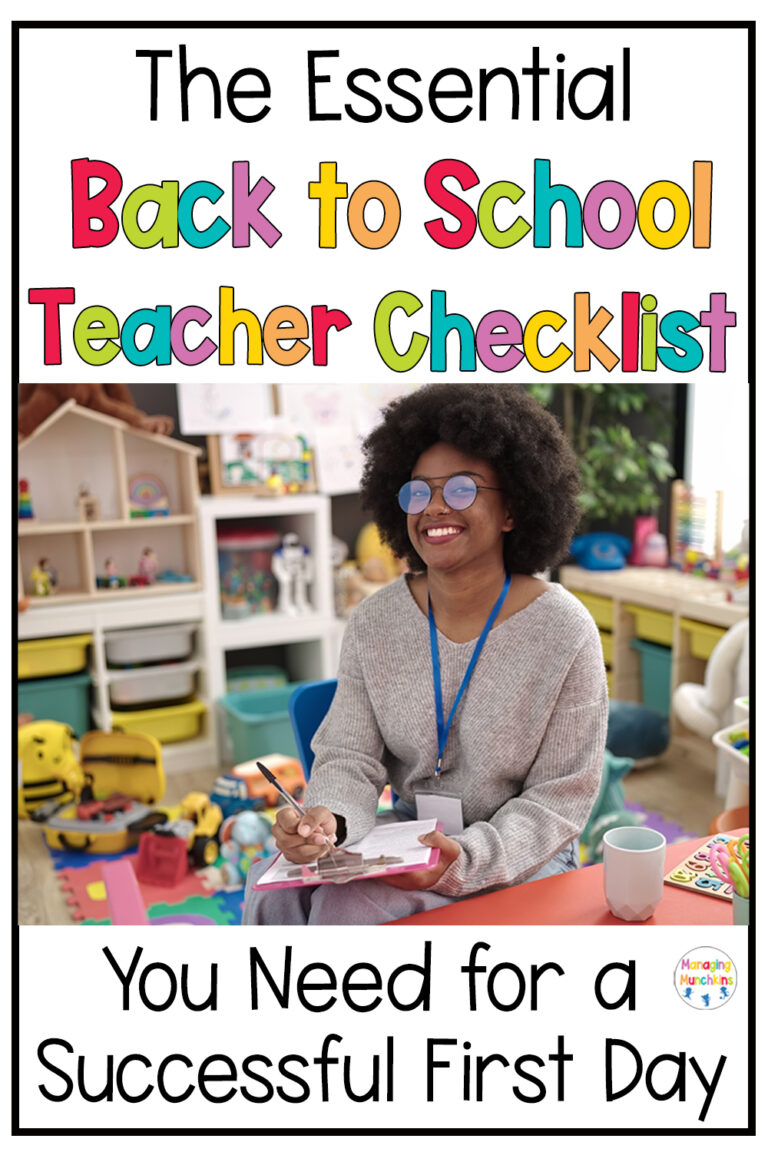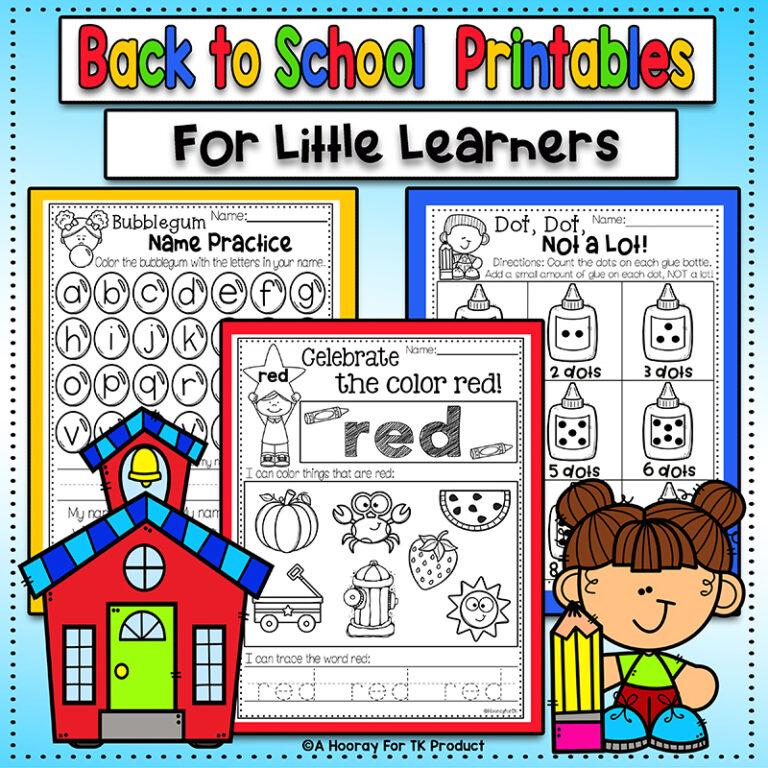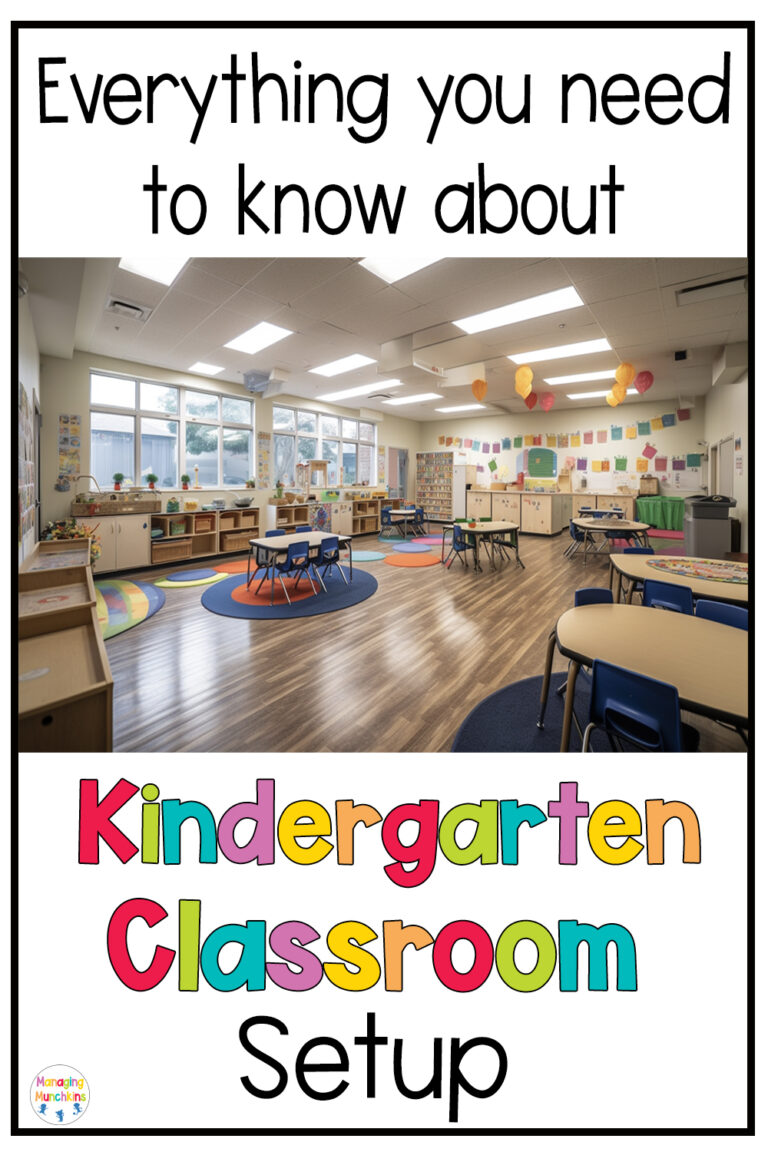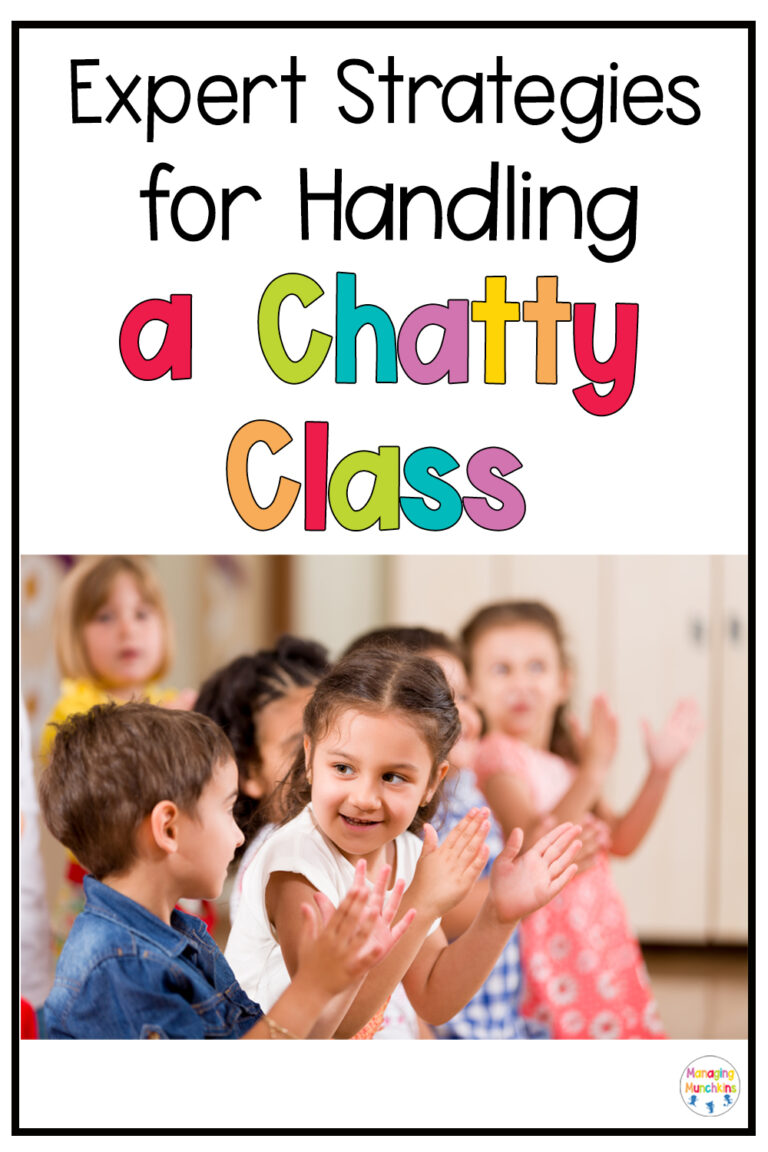What is Social Emotional Learning? Why it Matters
Hey there! Have you ever heard of Social Emotional Learning, or SEL for short? Are you teaching it to your kindergarten students? If you haven’t, don’t worry, because in this post we’re going to explore what SEL is, why it matters, and how you can begin to teach it to your students.
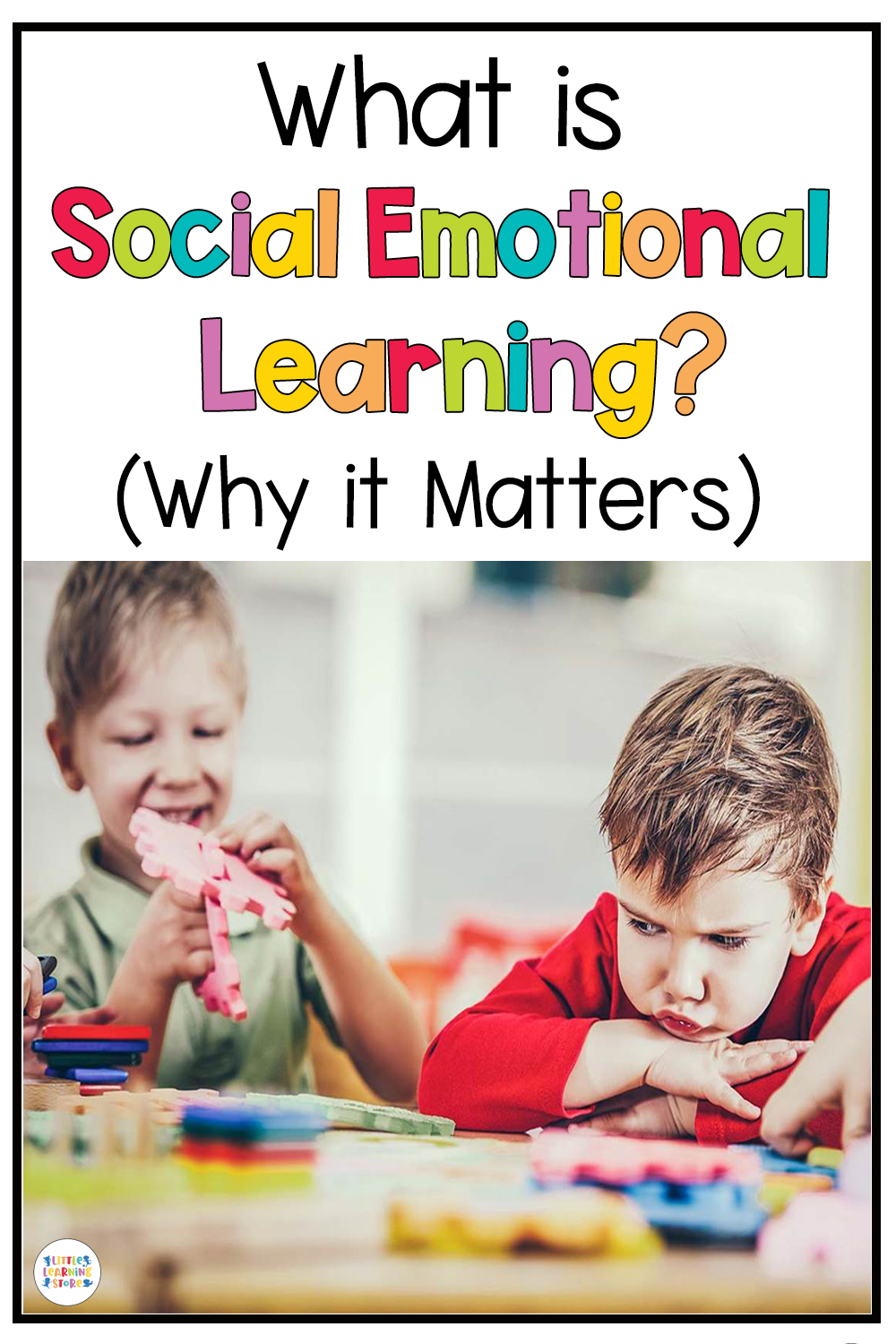
So what is social emotional learning (SEL) anyway?
So, what exactly is Social Emotional Learning? Simply put, it’s a set of skills that helps students understand and manage their emotions, build relationships, and make good decisions. In other words, it’s all about learning how to handle your feelings, communicate with others, and make choices that benefit you and those around you.
There are five main parts of Social Emotional Learning, and they’re called the core competencies. Let’s break them down:
- Self-Awareness: Knowing your own emotions, strengths, and weaknesses.
- Self-Management: Being able to handle your emotions and control your behavior.
- Social Awareness: Understanding the emotions and perspectives of others.
- Relationship Skills: Knowing how to communicate, work with others, and build healthy relationships.
- Responsible Decision-Making: Being able to make good choices based on what’s right and what’s safe.
Why Social Emotional Learning Matters
Now, you might be wondering why Social Emotional Learning is so important. Well, it helps in many different ways! When a child has strong social emotional learning skills, they’re more likely to do well in school, have healthy relationships with others, and have a higher self-esteem. SEL also helps students do well later on in the workplace and in life in general. In depth studies have actually shown that social emotional learning reduced aggression and emotional distress among students, increased helping behaviors in school, and improved positive attitudes towards self and others. Studies have also shown that students are performing better academically when they have strong social emotional skills!
Coming out of the pandemic, our students need social emotional learning now more than ever. Teachers are reporting the emotional toll the pandemic has taken on their students and as a result, student behaviors are becoming a constant issue for educators. Specifically for kindergarten, many, if not most, of the students coming through the doors each year are severely lacking social emotional skills. Many of them are developmentally delayed due to the nature of lock downs, social distancing, and distance learning. They simply don’t know how to interact with each other in a respectful and loving manner.
How to Best Teach Social Emotional Learning
The possibilities really are endless when it comes to teaching SEL to young students. Below are 5 different ways you can begin to teach social emotional learning in your classroom.
Visual Aids
Try using pictures, drawings, and posters to teach students about different emotions and how to express them. For example, you can use pictures of happy faces, sad faces, and angry faces to help children understand and express different emotions.
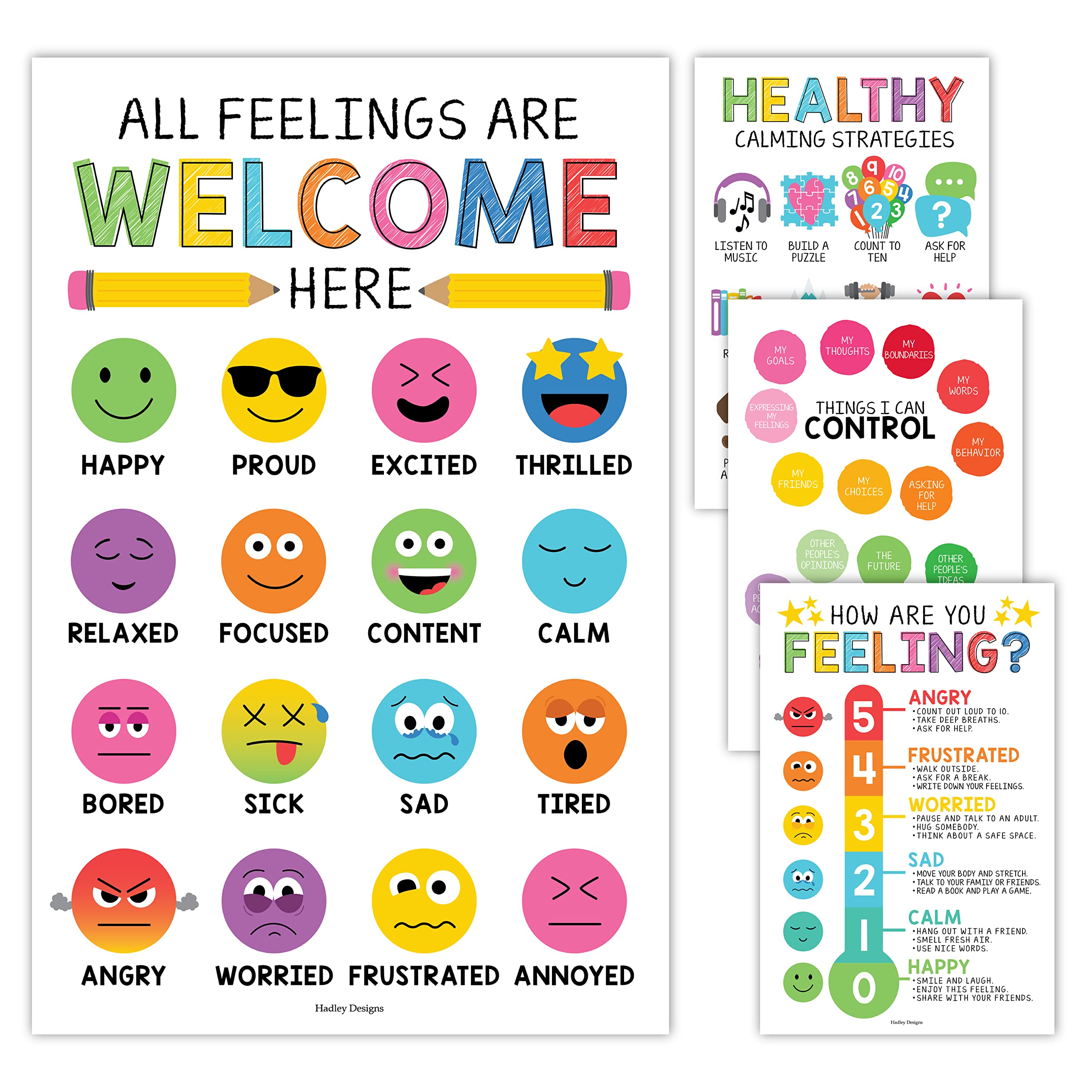
Role-Playing
Role-playing is a great way to teach students about different social situations and how to handle them. You can act out different scenarios with your students and ask them how they would feel and what they would do in that situation. This is a fabulous way to begin teaching empathy to your students.
Story Time
Story time is another great way to teach SEL to students. You can read stories that teach children about different emotions, social situations, and how to handle them. You can also ask your students questions about the story to encourage them to think about the different emotions and situations that were presented.
Mindfulness
Mindfulness activities can be a fun and relaxing way to teach students how to manage their emotions. You can lead your students in breathing exercises, meditation, or yoga to help them learn how to calm down when they’re feeling upset. Go Noodle has some excellent yoga and emotional wellbeing videos you can also try!
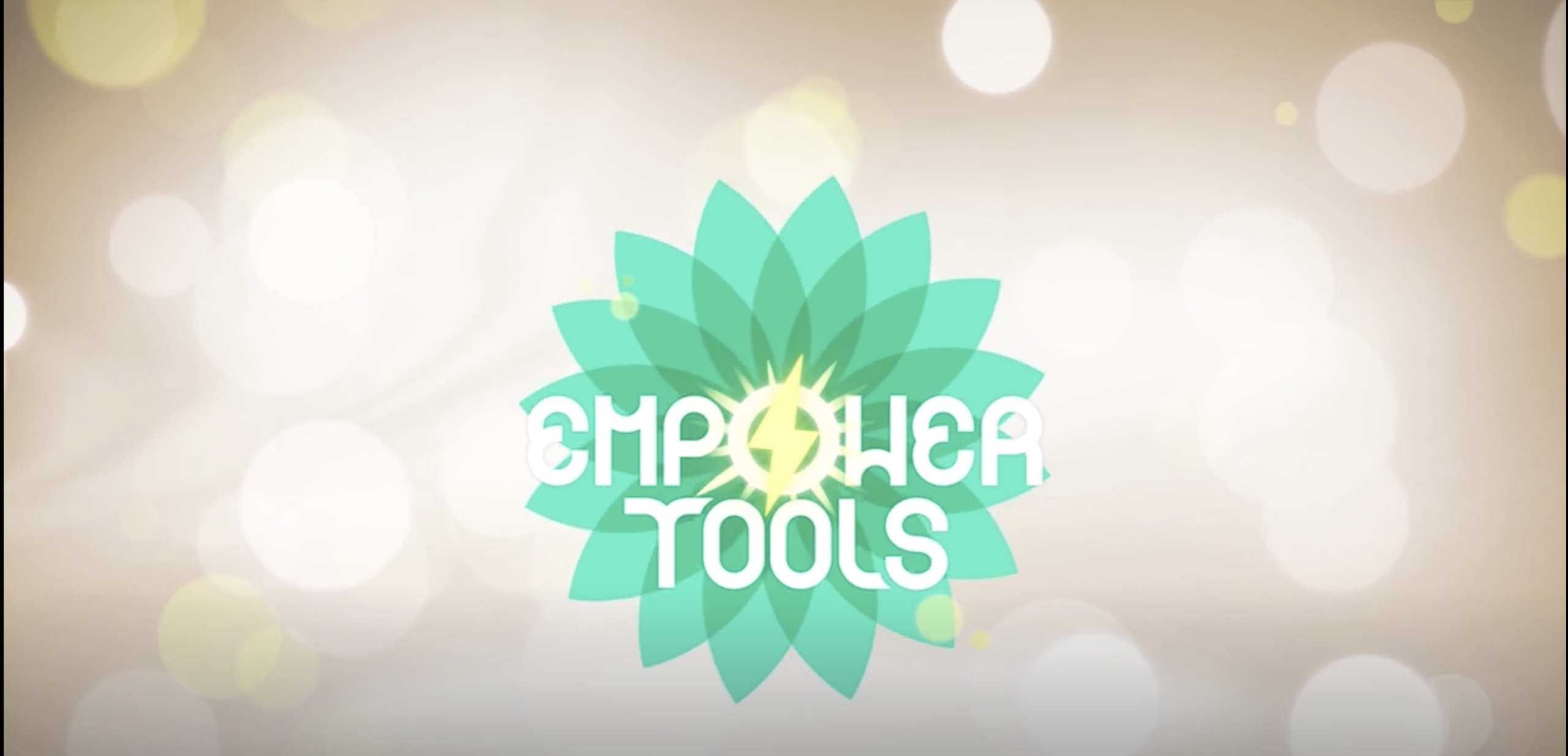
Group Activities
Group activities are a great way to teach children about teamwork, communication, and building relationships. You can have your students do STEM projects together, play games, or even simply having them build a tower of blocks together to help them learn how to work together and communicate effectively.
Final Thoughts
In conclusion, social emotional learning is all about understanding and managing your emotions, building relationships, and making good decisions. When you have strong SEL skills, you’re more likely to feel good about yourself and have healthy relationships with others. It helps students be more successful academically and can reduce disruptive behavior. It also helps develop students into kind, caring, respectful, and responsible contributing citizens, which should be our number one goal as educators.

Hi there! I’m Katherine, your new classroom management bestie! I love helping educators create a positive learning environment for all students. Click here to find out more!

